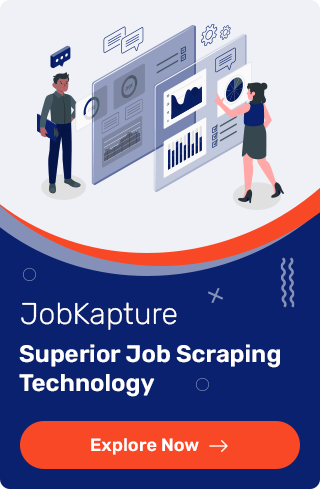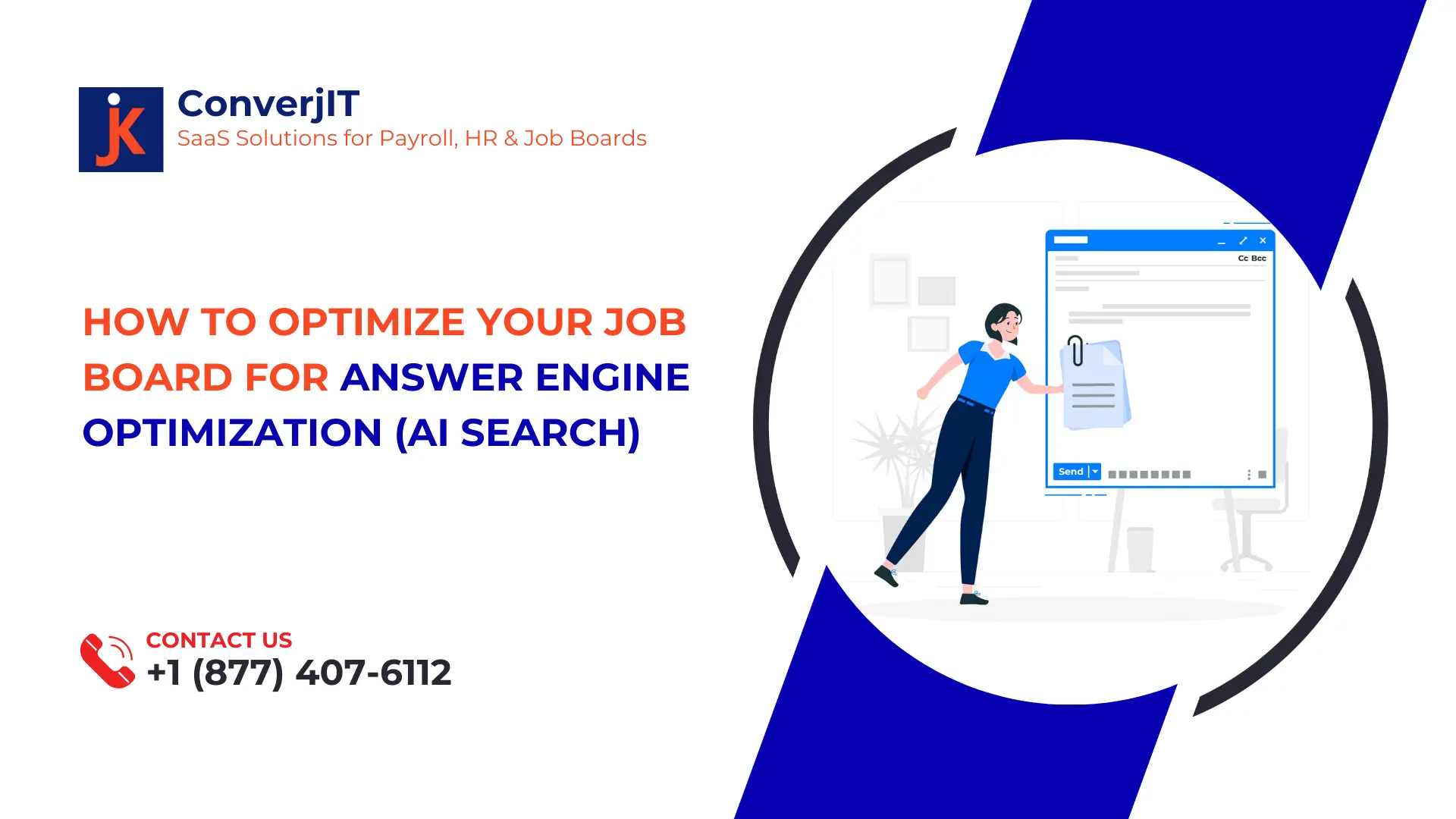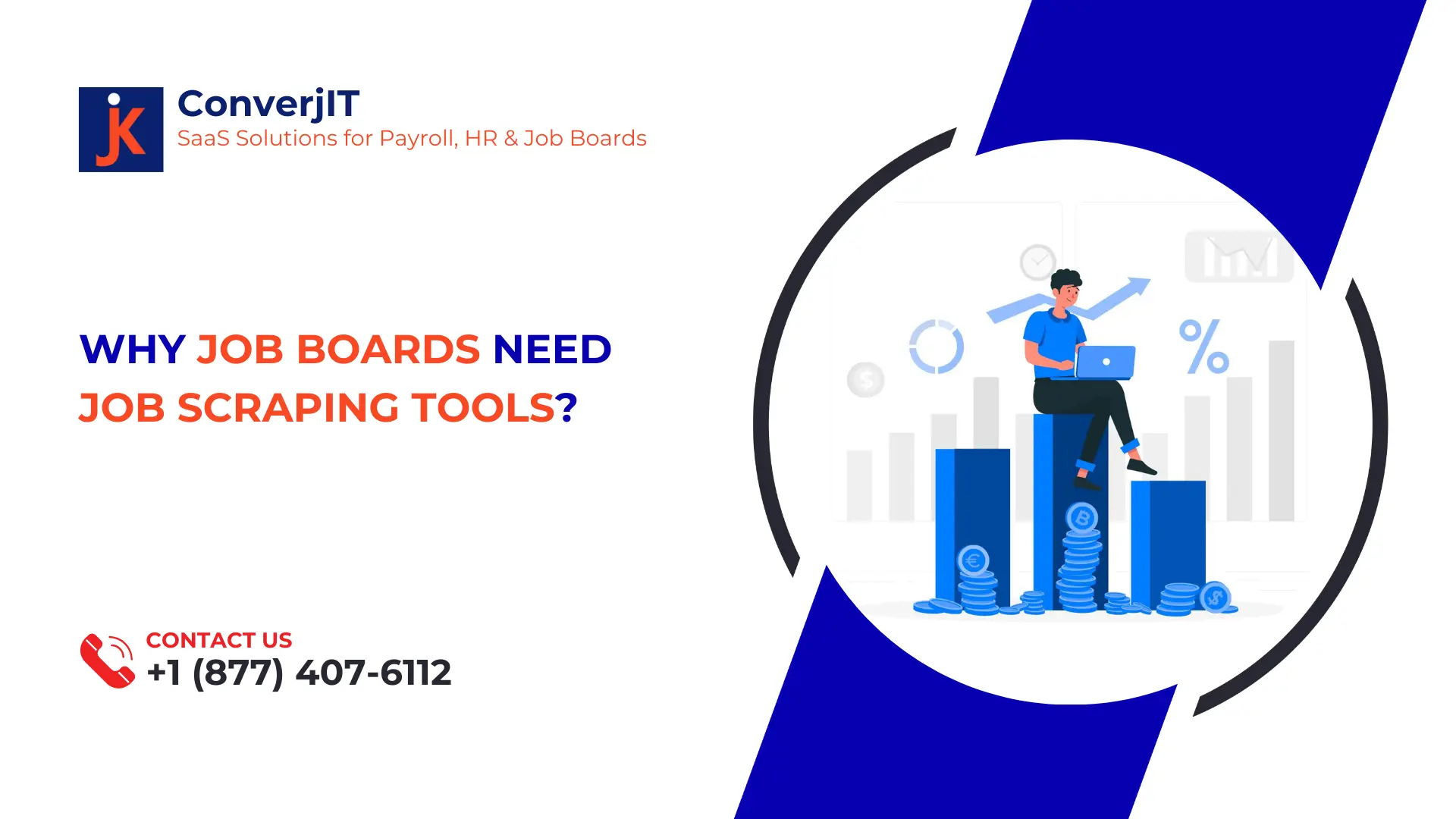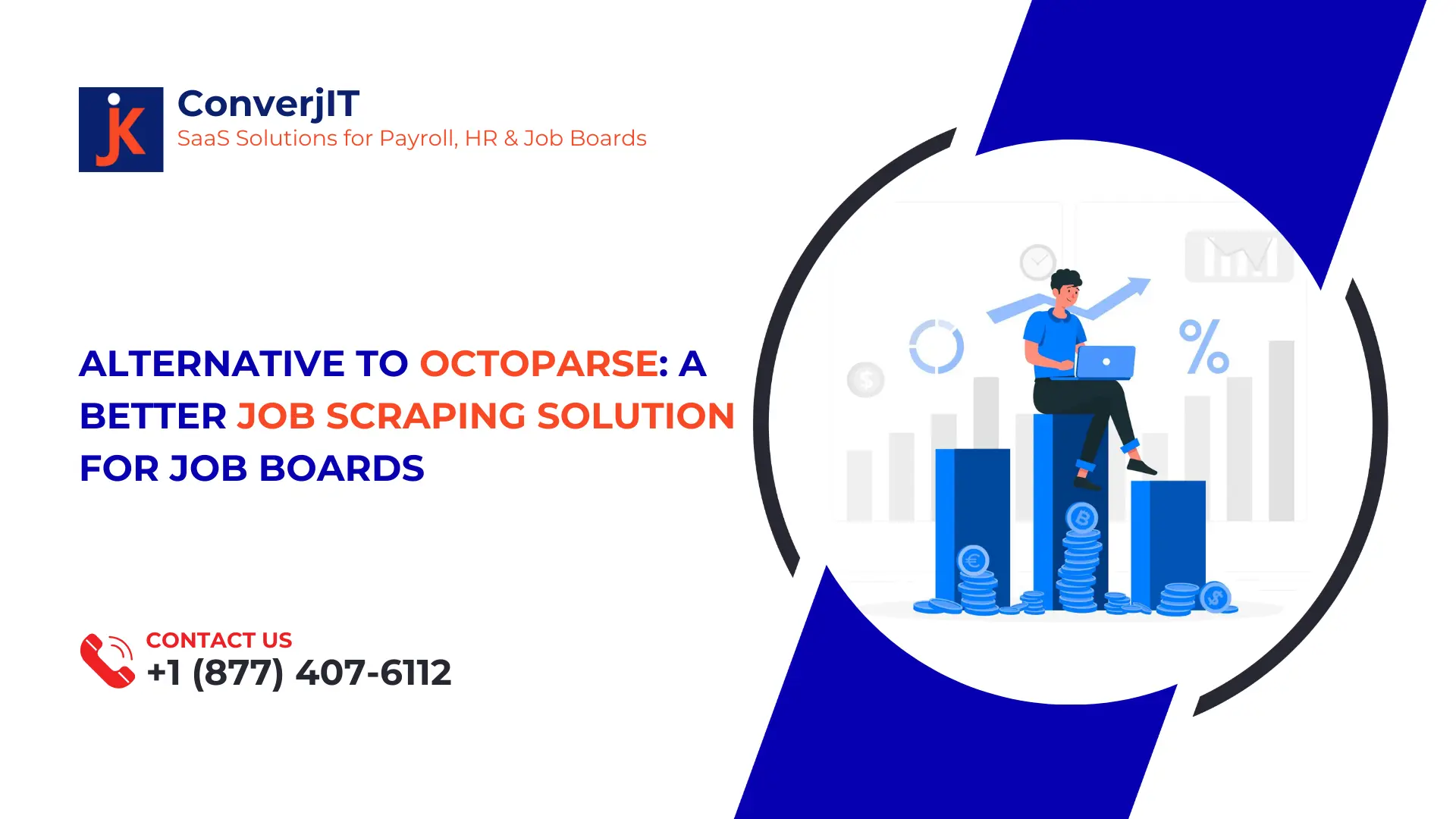Search is rapidly changing. Traditional SEO, once focused on ranking in Google’s blue links, is now competing with AI-powered search experiences like Google’s Search Generative Experience (SGE), AI Overview, and conversational tools such as ChatGPT or Claude. This evolution has given rise to Answer Engine Optimization (AEO) — the practice of optimizing content so that AI-driven engines deliver your answers directly to users.
For job boards, this shift is critical. Unlike the familiar Google for Jobs real-time indexing API, which feeds structured job data into Google’s search index, AEO goes beyond indexing. It focuses on how conversational AI and zero-click search tools extract, summarize, and present job-related information directly to users.
In short: traditional SEO helps people find your job board; AEO ensures your job listings and content show up inside AI-driven results.
Why AEO Matters for Job Boards in 2025
AI-powered search is no longer experimental — it’s mainstream. According to industry reports, more than 50% of Gen Z users already prefer conversational AI assistants over traditional search engines for quick queries.
For job seekers, the change is even clearer:
- Instead of typing “nursing jobs Toronto,” candidates now ask, “What are the best nursing jobs near me with salaries above $60,000?”
- Instead of searching “finance manager jobs London,” they ask, “List ten senior manager finance roles in London within 20 km of my home.”
This is conversational search optimization in action — where intent-rich, natural language queries dominate.
At the same time, generative AI agents like ChatGPT or Claude are becoming substitutes for destination job boards like Indeed or LinkedIn Jobs. If your job board isn’t optimized for answer engines, you risk losing visibility to AI platforms that now act as “career assistants.”
Understanding Job Board Optimization for Answer Engines
Optimizing for AI search is different from traditional SEO:
- Traditional SEO ranking factors: backlinks, domain authority, keyword usage, technical health.
- AI search ranking factors: structured data, clarity of content, conversational match to user queries, credibility of answers.
AI engines don’t want a vague blog; they want clear, structured, and answerable content they can confidently present to users in zero-click search results.
Providing FAQs, guides, and structured data tables across key areas of your job board — such as FAQ sections on job category landing pages, how-to guides in your blog/resources hub, and structured data tables within job postings (e.g., salary ranges, locations, benefits) — ensures that AI systems can extract and surface your content directly in search results.
Get fresh, structured job listings daily and deliver better hiring experiences.
Learn about Job ScrapingStep-by-Step Guide to AEO for Job Boards
Optimize Content for Conversational Queries
In traditional search, job seekers often type short queries like “developer jobs California.” But when they use AI-powered search, they ask full sentences such as “Where can I find remote Python developer jobs in California with a salary above $80,000?”
To capture this intent, job boards should align content with long-tail, conversational keywords in key areas:
- Job Category Landing Pages → Add natural-language variations (e.g., “top-paying nursing jobs near me” instead of just “nursing jobs”).
- Job Postings → Incorporate phrases that reflect how candidates phrase queries, such as location, benefits, or working style (“remote-friendly marketing jobs in Delhi for freshers”).
- Blog & Resource Pages → Create answer-style content around common queries (“Which companies are hiring Python developers in 2025?”).
By weaving conversational phrasing into these sections, job boards can improve both search engine visibility and AI answer engine optimization.
Use Schema & Structured Data for Job Postings
The backbone of AEO is schema markup for job postings. Without it, answer engines can’t parse or summarize your job listings.
- Use Job Posting schema for every listing.
- Include fields like salary, location, qualifications, and employment type.
- Extend with Organization, BreadcrumbList, and FAQ schema for richer snippets.
Note: Many niche job boards have limited control over how postings are structured, especially when content is submitted by employers or managed through SaaS job board software. To improve AI readiness:
- Work with your software provider to support structured fields.
- Encourage employers to use clearer job titles and descriptions by adjusting posting forms with suggestions.
- Add custom fields to your job posting forms/pages (e.g., salary, remote/hybrid, location, subcategories, etc) so data is tagged rather than buried in long description text.
- Consider scraping or enrichment services to standardize and structure existing postings for better discoverability. I.e. jobs data ingested straight from an ATS will likely have these details in the “description”, whereas a professional scrape of that same job will add those job details into the job structure of your site.
Build Authority with Answerable Content
Answerable content is content designed to be pulled directly into AI answers. For job boards, this includes:
- FAQs: “How do I apply for nursing jobs in Texas?”
- Guides: “Step-by-step guide for freshers to land IT jobs in Argentina.”
- Resource hubs: recruiter toolkits, industry insights, salary benchmarks.
The more direct and structured your content, the more likely AI engines will feature it in snippets.
Improve User Experience & Speed
AI search values fast, mobile-friendly, and easy-to-navigate sites. While this overlaps with SEO, the stakes are higher with AEO: if your site isn’t user-friendly, AI engines may deprioritize it as a reliable source.
- Optimize mobile load times.
- Ensure job search filters and navigation are simple.
- Build content strategy around AEO — not just ranking, but being answerable.
5. Niche Job Boards & AEO Best Practices
Niche job boards are better positioned for AEO than broad marketplaces. Why? Because specificity = answerability.
Examples:
- Healthcare job boards can target queries like, “Top-paying radiology technician jobs in Houston.”
- IT job boards can target “Remote DevOps jobs for startups in 2025.”
- Energy sector job boards can target “Oil & gas field engineer openings in UAE.”
By focusing on a narrow audience, niche job boards can dominate AI-driven conversational search.
6. SEO vs AEO: Complementary Strategies
Don’t abandon SEO — it’s still the foundation. Backlinks, keyword relevance, and crawlability remain essential. But combine it with AEO for future-proof growth:
- Use SEO to rank in search results.
- Use AEO to appear inside AI Overviews and conversational engines.
Together, they ensure your job board thrives across both traditional search and AI-driven ecosystems.
7. Advanced Strategies for Recruitment Platforms
Voice Search Optimization
Optimize your job board for natural, spoken queries like “Find me remote HR jobs under $50K.” Use conversational phrasing, question-based keywords, and ensure mobile responsiveness for voice assistants.
Comprehensive FAQ Sections
Develop FAQs that mirror how job seekers phrase questions in conversational search. Cover application processes, salary expectations, and location preferences to increase visibility in AI-driven, answer-focused results.
Content Hubs
Create topic clusters around industries or job functions. Link guides, FAQs, and job listings together, giving AI engines structured, authoritative resources to reference when generating answers for users.
8. Conclusion & Next Steps
AI-driven search is no longer optional — it’s shaping how job seekers find opportunities. By adopting structured data, conversational content, and answer-focused strategies, job boards can improve visibility in AI-powered search.
Job board owners who embrace AEO will stay ahead of competitors stuck in traditional SEO.
9. FAQ Section (for Extra AEO Targeting)
Q1. What is Answer Engine Optimization for job boards?
AEO is the practice of optimizing your job board so that AI-driven search engines (like Google SGE, ChatGPT, or Claude) can extract and present your listings and content directly in conversational answers.
Q2. How does AEO help job seekers find jobs faster?
By structuring your content and schema for AI engines, your listings appear directly inside conversational results — reducing clicks and saving time for candidates.
Q3. Do job boards need schema markup for AEO?
Yes. Without JobPosting and related schema, AI engines cannot understand your listings in a structured way. Schema is foundational to AEO.
Q4. Can AEO help niche job boards compete with giants?
Absolutely. Niche boards can tailor their content for highly specific, conversational queries, often outperforming larger sites in AI search visibility.




